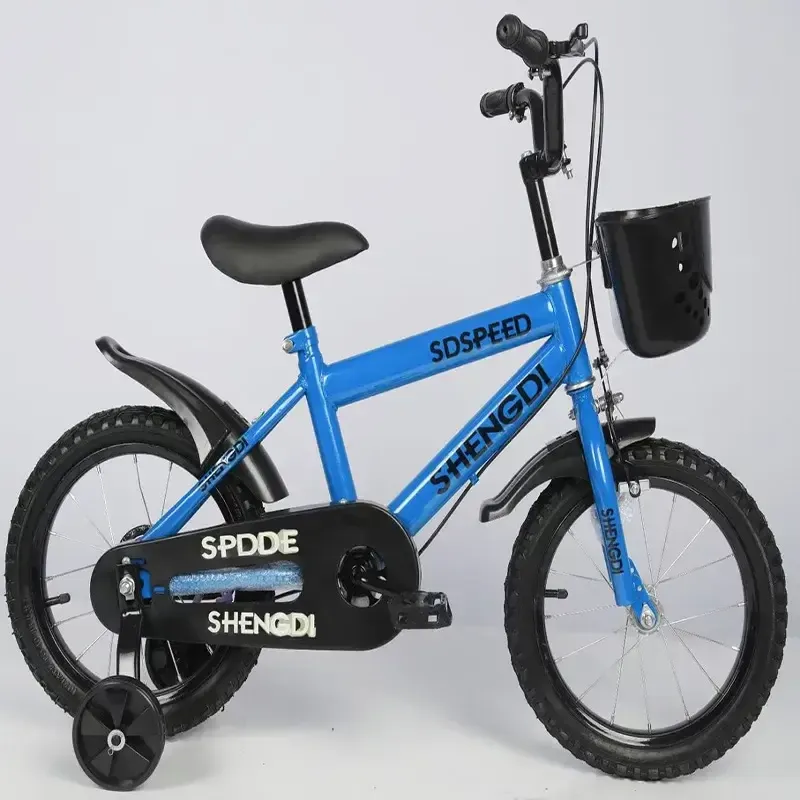
- Afrikaans
- Albanian
- Amharic
- Arabic
- Armenian
- Azerbaijani
- Basque
- Belarusian
- Bengali
- Bosnian
- Bulgarian
- Catalan
- Cebuano
- Corsican
- Croatian
- Czech
- Danish
- Dutch
- English
- Esperanto
- Estonian
- Finnish
- French
- Frisian
- Galician
- Georgian
- German
- Greek
- Gujarati
- Haitian Creole
- hausa
- hawaiian
- Hebrew
- Hindi
- Miao
- Hungarian
- Icelandic
- igbo
- Indonesian
- irish
- Italian
- Japanese
- Javanese
- Kannada
- kazakh
- Khmer
- Rwandese
- Korean
- Kurdish
- Kyrgyz
- Lao
- Latin
- Latvian
- Lithuanian
- Luxembourgish
- Macedonian
- Malgashi
- Malay
- Malayalam
- Maltese
- Maori
- Marathi
- Mongolian
- Myanmar
- Nepali
- Norwegian
- Norwegian
- Occitan
- Pashto
- Persian
- Polish
- Portuguese
- Punjabi
- Romanian
- Russian
- Samoan
- Scottish Gaelic
- Serbian
- Sesotho
- Shona
- Sindhi
- Sinhala
- Slovak
- Slovenian
- Somali
- Spanish
- Sundanese
- Swahili
- Swedish
- Tagalog
- Tajik
- Tamil
- Tatar
- Telugu
- Thai
- Turkish
- Turkmen
- Ukrainian
- Urdu
- Uighur
- Uzbek
- Vietnamese
- Welsh
- Bantu
- Yiddish
- Yoruba
- Zulu
Dec . 16, 2024 08:37 Back to list
mountain bike shifter
Understanding Mountain Bike Shifters A Complete Guide
Mountain biking is not just a sport; it’s an adventure, a method of exploring nature, and a way to connect with fellow enthusiasts. One of the most crucial components affecting your riding experience is the mountain bike shifter. Understanding how shifters work, their types, and their functions can significantly enhance your biking experience and performance.
What is a Mountain Bike Shifter?
A mountain bike shifter is a mechanical device that allows the rider to change the gear ratio of the bike by shifting the chain between different cogs on the cassette and chainrings. This shift in gears allows riders to adapt their pedaling effort to various terrains they encounter, whether climbing steep hills, navigating rocky trails, or cruising along flat paths.
Types of Shifters
There are primarily two types of shifters found on mountain bikes trigger shifters and grip shifters
.1. Trigger Shifters These are usually mounted on the handlebars and operate with two levers—one for shifting to higher gears (easier pedaling) and the other for lower gears (harder pedaling). They provide precise control and require minimal hand movement, making them popular among mountain bikers.
2. Grip Shifters These operate by rotating a grip around the handlebar. As you twist the grip, the shifter moves the derailleur, changing the gear. While grip shifters can be easier to use in some cases, especially for twisting your wrist to shift, they can be less precise than trigger shifters, particularly in rough terrain.
How Do Mountain Bike Shifters Work?
Mountain bike shifters are connected to derailleurs, which are the components responsible for moving the chain between the gears. When you shift using a shifter, it pulls or releases a cable attached to the derailleur, causing it to move the chain either upwards or downwards across the gears.
mountain bike shifter

This action is crucial because the right gear selection can drastically affect your biking performance. Lower gears make climbing easier, providing more torque and less strain on your legs, whereas higher gears allow for faster speeds on flat terrains and descents.
Tips for Effective Gear Shifting
To optimize your shifting experience and prolong the life of your mountain bike’s drivetrain, consider the following tips
1. Anticipate Changes Shift gears before you reach steep hills or difficult terrain. This preparation helps you maintain momentum and reduces strain on your drivetrain.
2. Pedal Smoothly When shifting, keep pedaling in a smooth and steady motion. Sudden stops or hard pedaling during a shift can cause the chain to skip or snag.
3. Clean and Maintain Regularly inspect and clean your shifters, cables, and derailleurs. Keeping these components clean and well-lubricated reduces friction and ensures smoother shifts.
4. Practice Take the time to get comfortable with your shifters. Familiarizing yourself with their operation allows you to shift gears instinctively, making your ride more enjoyable.
Conclusion
In conclusion, the mountain bike shifter plays a critical role in your riding experience. Understanding its types, functions, and best practices can significantly enhance your performance on the trail. As with any aspect of mountain biking, the key to mastering your shifter is practice and maintenance. So, gear up, hit the trails, and enjoy the thrill of the ride!
-
The Ultimate Kids' Four-Wheeler Experience
NewsJul.09,2025
-
The Ultimate Guide to Mountain Bikes: Gear Up for Your Ride
NewsJul.09,2025
-
The New Age of Cycling: Electric Bikes for Every Rider
NewsJul.09,2025
-
The Best Kids Bicycles: Ride in Style and Safety
NewsJul.09,2025
-
The Best 3-Wheel Scooters for Kids: Fun, Safety, and Adventure
NewsJul.09,2025
-
Revolutionize Your Ride: Affordable Electric Bikes
NewsJul.09,2025
-
Finding the Perfect Mountain Bike for Every Rider
NewsJul.09,2025



